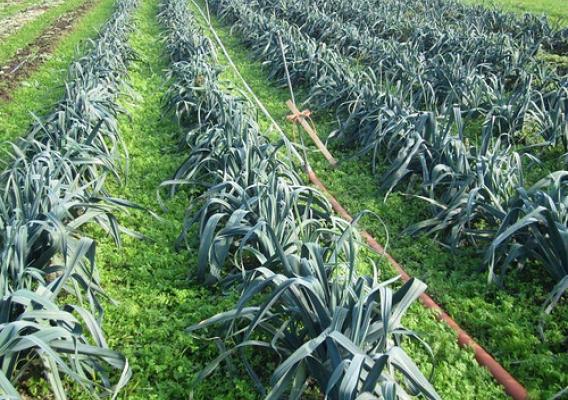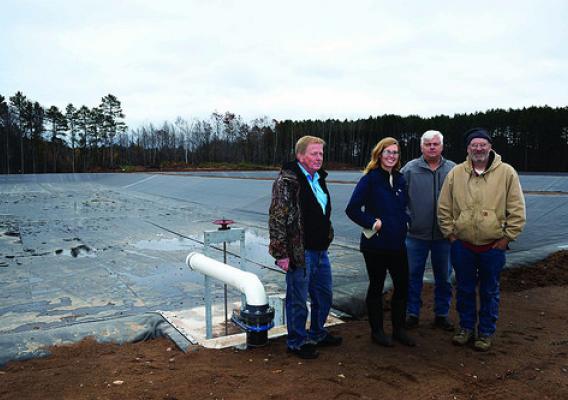Each March, the Academy of Nutrition and Dietetics encourages Americans to return to the basics of healthful eating through National Nutrition Month. To kick off the month-long celebration of nutrition and health, we wanted to recognize the Academy, who initiated this observance in 1973 as a week-long event that eventually grew into the established month-long observance in 1980. Today we hear from the Academy’s President on the value of nutrition education, such as MyPlate, and its importance to federal nutrition programs.
By Dr. Evelyn F. Crayton, RDN, LDN, FAND, President of the Academy of Nutrition and Dietetics
Access to safe, affordable, nutritious foods is central to the missions of both the U.S. Department of Agriculture and the Academy of Nutrition and Dietetics – the world’s largest organization of food and nutrition professionals.
Access to nutritious food is just part of the solution: Building people’s motivation, knowledge, skills and abilities around food and nutrition makes a lifelong impact that reduces health care costs and improves hunger status.










